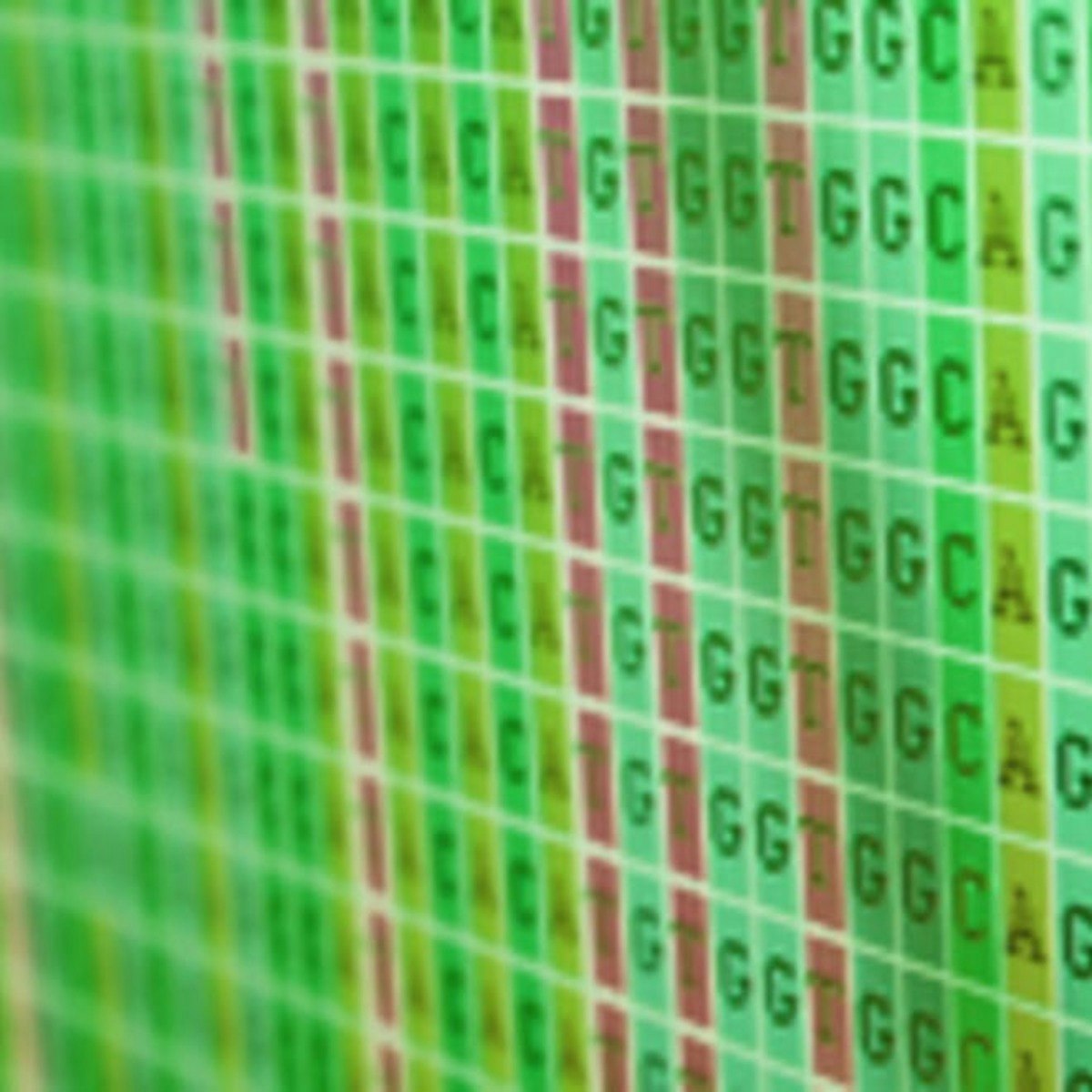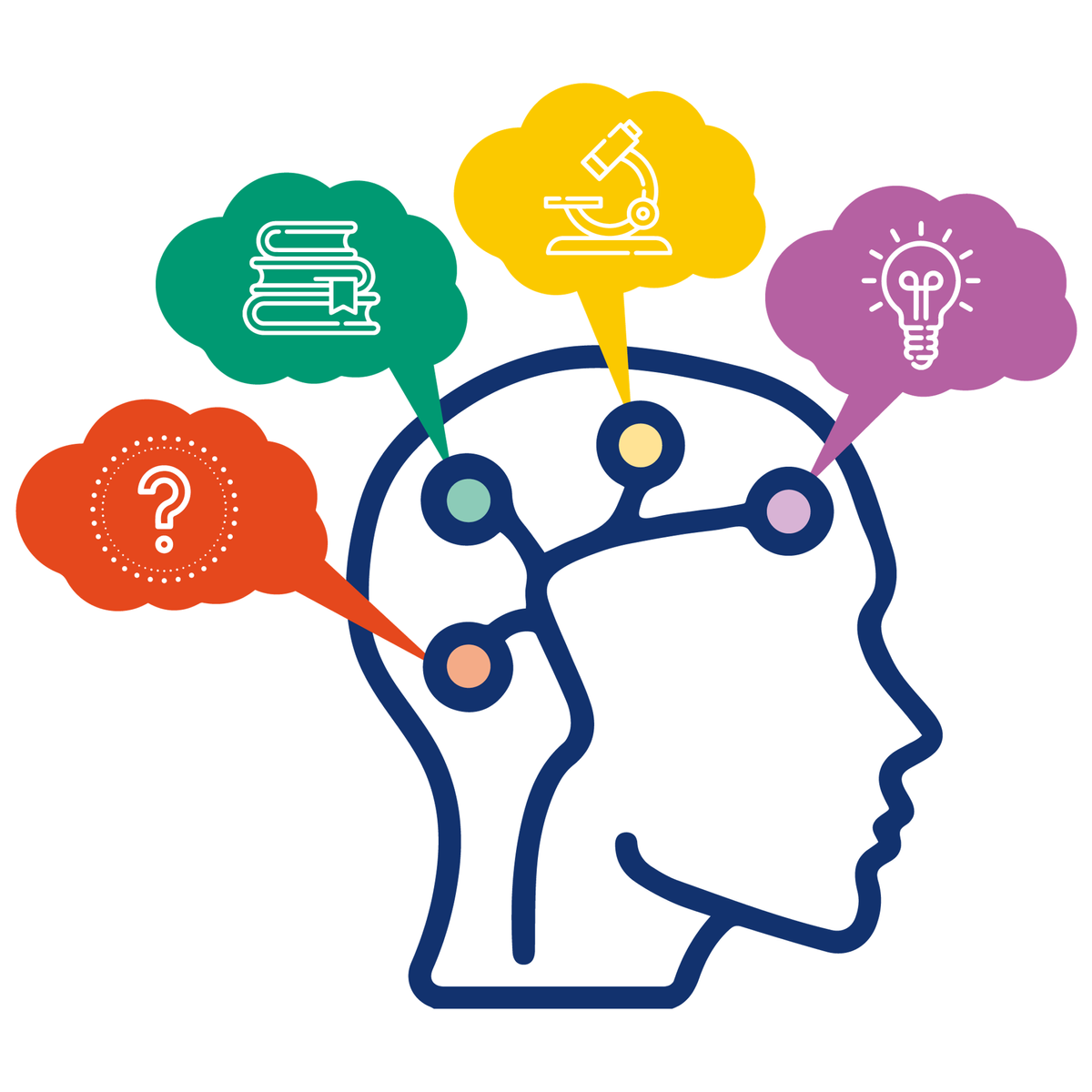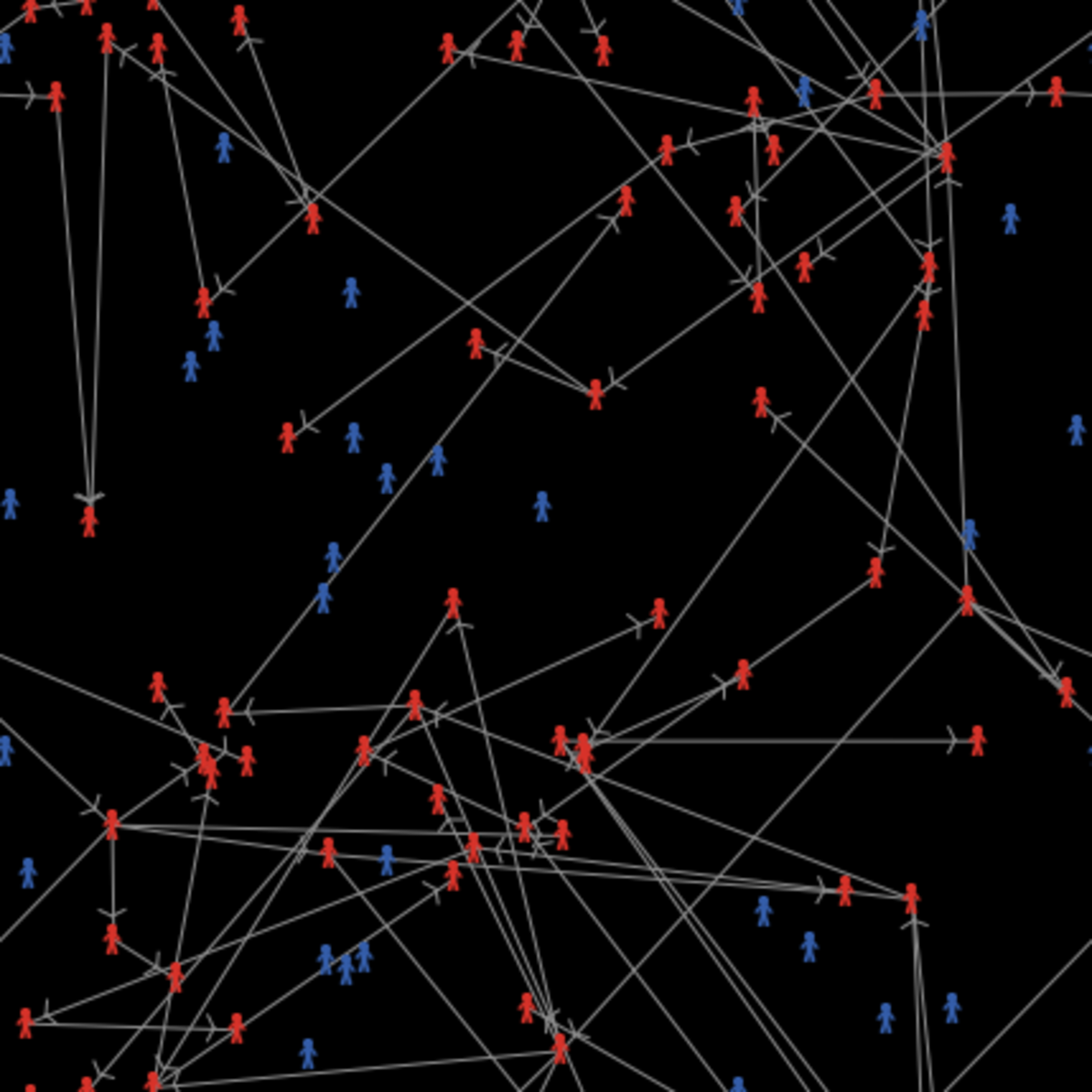Back to Courses









Research Methods Courses - Page 2
Showing results 11-20 of 48

Simulation and modeling of natural processes
This course gives you an introduction to modeling methods and simulation tools for a wide range of natural phenomena. The different methodologies that will be presented here can be applied to very wide range of topics such as fluid motion, stellar dynamics, population evolution, ... This course does not intend to go deeply into any numerical method or process and does not provide any recipe for the resolution of a particular problem. It is rather a basic guideline towards different methodologies that can be applied to solve any kind of problem and help you pick the one best suited for you.
The assignments of this course will be made as practical as possible in order to allow you to actually create from scratch short programs that will solve simple problems. Although programming will be used extensively in this course we do not require any advanced programming experience in order to complete it.

Plant Bioinformatics Capstone
The past 15 years have been exciting ones in plant biology. Hundreds of plant genomes have been sequenced, RNA-seq has enabled transcriptome-wide expression profiling, and a proliferation of "-seq"-based methods has permitted protein-protein and protein-DNA interactions to be determined cheaply and in a high-throughput manner. These data sets in turn allow us to generate hypotheses at the click of a mouse or tap of a finger.
In Plant Bioinformatics on Coursera.org, we covered 33 plant-specific online tools from genome browsers to transcriptomic data mining to promoter/network analyses and others, and in this Plant Bioinformatics Capstone we'll use these tools to hypothesize a biological role for a gene of unknown function, summarized in a written lab report.
This course is part of a Plant Bioinformatics Specialization on Coursera, which introduces core bioinformatic competencies and resources, such as NCBI's Genbank, Blast, multiple sequence alignments, phylogenetics in Bioinformatic Methods I, followed by protein-protein interactions, structural bioinformatics and RNA-seq analysis in Bioinformatic Methods II, in addition to the plant-specific concepts and tools introduced in Plant Bioinformatics and the Plant Bioinformatics Capstone.
This course/capstone was developed with funding from the University of Toronto's Faculty of Arts and Science Open Course Initiative Fund (OCIF) and was implemented by Eddi Esteban, Will Heikoop and Nicholas Provart. Asher Pasha programmed a gene ID randomizer.

Global Warming I: The Science and Modeling of Climate Change
This class describes the science of global warming and the forecast for humans’ impact on Earth’s climate. Intended for an audience without much scientific background but a healthy sense of curiosity, the class brings together insights and perspectives from physics, chemistry, biology, earth and atmospheric sciences, and even some economics—all based on a foundation of simple mathematics (algebra).

Chemical Biology
Chemical biology is a burgeoning field that has rapidly risen to prominence. This surge of interest has been fuelled by chemical biology’s applicability to understanding critical processes in live cells or model organisms in real time. This success has arisen because chemical biology straddles a nexus between chemistry, biology, and physics. Thus, chemical biology can harness rapid chemistry to observe or perturb biological processes, that are in turn reported using physical assays, all in an otherwise unperturbed living entity.
Although its boundaries are endless, the multidisciplinary nature of chemical biology can make the field seem daunting; we beg to differ! Here, we deconstruct chemical biology into its core components, and repackage the material. In the process we build up for each student a practical and theoretical knowledge bank that will set these students on their way to understanding and designing their own chemical biology experiments.
We will discuss fluorescence as a general language used to read out biological phenomena as diverse as protein localization, membrane tension, surface phenomena, and enzyme activity. We will proceed to discuss protein labeling strategies and fusion protein design. Then we will discuss larger and larger scale chemical biology mechanism and screening efforts. Highlights include a large amount of new data, tailored in the lab videos, and a large number of skilled presenters.

Uncertainty and Research
This course teaches the fundamentals of scientific research. We approach the research process as a means of systematically reducing uncertainty and demonstrate how conducting a scientific investigation can be posed as an exercise in Bayesian uncertainty quantification. We begin by exploring the scientific landscape to understand the different types of research, where they are conducted, how they are supported, and why each of these types of research is important. We then formalize scientific inquiry and the scientific method and elaborate the research process and its scientific merits. Basic concepts in probability theory are introduced leading to a conceptually simple presentation of Bayes’ Rule. We then illustrate how Bayes’ Rule provides a mathematical framework for the research process. We place an emphasis on the role that research plays in our daily and professional lives and how research skills can help us think critically, whether you’re in a technical field or not. Exercises are designed to help you improve your research skills and think more scientifically.
Learners who are new to research fields or would like to improve their research skills in any field for career/professional or personal growth are encouraged to enroll. The course is taught at an introductory level such that, by the end of the course, you will be able to formulate a research hypothesis and devise a scientific research plan to test that hypothesis. To be successful in this course, you will need entrance-level college mathematics.

Risk in Modern Society
Risk has become one of the defining features of modern society. Almost daily, we are preoccupied with assessing, discussing, or preventing a wide variety of risks. It is a cornerstone notion for businesses and organizations, but also for nation states and their many levels of government. And even for individuals, risk and the avoidance or embracing thereof, is a key theme.
The course Risk in Modern Society sheds light on the broad concept of risk. In five distinctive weeks, this course closely examines various types of safety and security risks, and how these are perceived and dealt with in a wide array of professional and academic fields, ranging from criminology, counter-terrorism and cyber security, to philosophy, safety and medical science. Developed in collaboration with scholars from three universities (Leiden, Delft and Erasmus), this course will search for answers to questions such as: “what is risk?”, “how do we study and deal with risk?”, “does ‘perceived risk’ correspond to 'real' risk?”, and “how should we deal with societal perceptions of risk, safety and security?

Usable Security
This course focuses on how to design and build secure systems with a human-centric focus. We will look at basic principles of human-computer interaction, and apply these insights to the design of secure systems with the goal of developing security measures that respect human performance and their goals within a system.

Promote your Scientific Results
Whether you are a member of the natural or human science community, if you are a PhD student, professor, part of an academic department or international research team, or self-employed and you wish to showcase your work to a wider audience then this is the perfect course for you. You will learn how to promote your work to professional peers, the general public, as well as the media.
The free version (open to all enrollments) contains:
30 videos (4 and a half total hours) of high-quality lessons conducted by various experts.
Multiple embedded discussions, readings, and reflective tasks (4-5 hours) to further deepen your learning.
Several discussion forums where you can network and collaborate with fellow participants.
Participants who wish to obtain official Coursera certification for their training are invited to carry out and receive passing grades on three peer-reviewed assignments and two quizzes.
In this MOOC, we have been incredibly fortunate to gather a team of experienced professionals from scientific experts, to media specialists, to communication coaches, who frequently appear at conferences and on various face-to-face and online platforms. You will gain key takeaways that you can adapt to your own communication contexts. To further deepen your learning experience, you will collaborate with an international scientific community to reflect on and fine-tune your own skills in pitches, presentations, approach to question and answer sessions, networking, and speaking to the media.
Authors' note: While the course is intended for self-study use, it has also been successfully piloted in flipped classroom English as a Medium of Instruction (EMI) training contexts.
Watch the Teaser here! https://www.youtube.com/watch?v=_FxZTUg_Ntk

Introduction to Agent-based Modeling with NetLogo
In this 2-hour long project-based course, you will create an agent-based model (ABM) that simulates the spread of a hypothetical virus through close contact between agents in a virtual world. By doing so, you will learn about the wonders of agent-based modeling as a paradigm, as well as the basics of NetLogo - one of the most famous and powerful simulation environments in this realm.
One of the beauties of ABM is that we can often observe emergent properties arising from the coded interactions between agents in the simulated world. Therefore, by experimenting with different interaction rules and parameters, we can gain an intuitive understanding of the underlying dynamics of varied complex phenomena. Such skills are extremely valuable for any decision making position, as well as for education, especially in a world where interconnectivity seems to be ubiquitous.
In this way, this model and project are highly attuned to the global pandemic that we’re facing due to the spread of the Coronavirus.
Note: This course works best for learners who are based in the North America region. We’re currently working on providing the same experience in other regions.

Ethics, Technology and Engineering
There is an increasing attention to ethics in engineering practice. Engineers are supposed not only to carry out their work competently and skilfully, but also to be aware of the broader ethical and social implications of engineering and to be able to reflect on these. According to the Engineering Criteria 2000 of the Accreditation Board for Engineering and Technology (ABET) in the US, engineers must have “an understanding of professional and ethical responsibility” and should "understand the impact of engineering solutions in a global and societal context.”
This course provides an introduction to ethics in engineering and technology. It helps engineers and students in engineering to acquire the competences mentioned in the ABET criteria or comparable criteria formulated in other countries. More specifically, this course helps engineers to acquire the following moral competencies:
- Moral sensibility: the ability to recognize social and ethical issues in engineering;
- Moral analysis skills: the ability to analyse moral problems in terms of facts, values, stakeholders and their interests;
- Moral creativity: the ability to think out different options for action in the light of (conflicting) moral values and the relevant facts;
- Moral judgement skills: the ability to give a moral judgement on the basis of different ethical theories or frameworks including professional ethics and common sense morality;
- Moral decision-making skills: the ability to reflect on different ethical theories and frameworks and to make a decision based on that reflection.
With respect to these competencies, our focus is on the concrete moral problems that engineers encounter in their professional practice. With the help of concrete cases is shown how the decision to develop a technology, as well as the process of design and production, is inherently moral. The attention of the learners is drawn towards the specific moral choices that engineers face. In relation to these concrete choices learners will encounter different reasons for and against certain actions, and they will discover that these reasons can be discussed. In this way, learners become aware of the moral dimensions of technology and acquire the argumentative capacities that are needed in moral debates with stakeholders (e.g. governments, users, and commercial business departments).
Popular Internships and Jobs by Categories
Find Jobs & Internships
Browse
© 2024 BoostGrad | All rights reserved